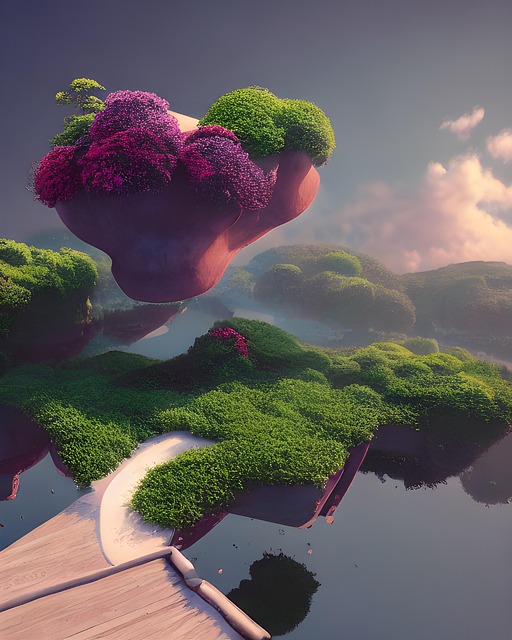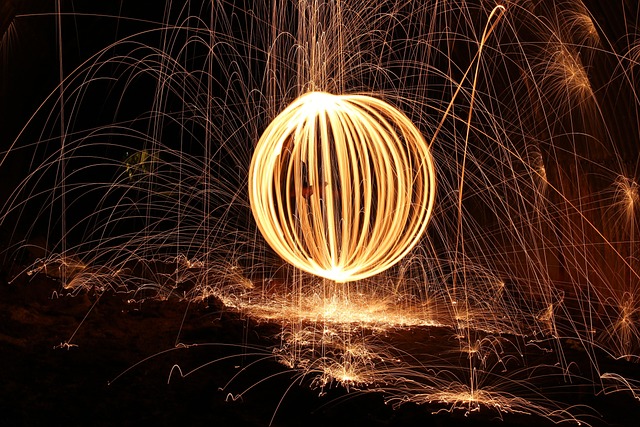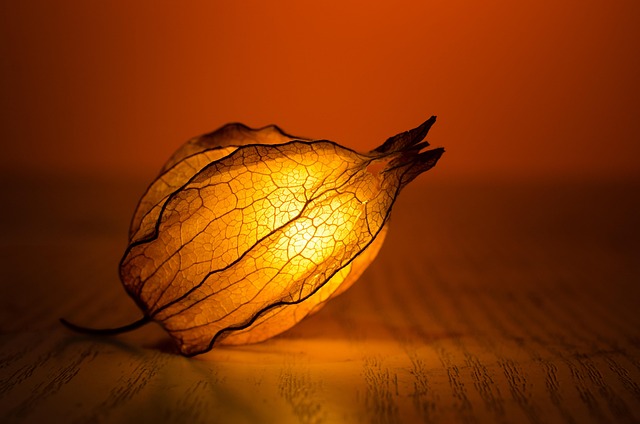# The Evolution of AI Art: How Machine Learning is Redefining Visual Expression and Aesthetics
The intersection of artificial intelligence and art has sparked a revolution in the creative landscape, reshaping how we define artistic expression. As machine learning technologies evolve, so too do the capabilities of artists and creators who harness these tools. This article explores the transformative journey of AI art, examining its historical context, the technological advancements that have propelled it forward, and the philosophical implications of machine-generated creativity.
## Historical Context: The Beginnings of AI in Art
Initially, the concept of AI art emerged in the 1960s when computer scientists began experimenting with algorithms to generate visual outputs. Early pioneers like Frieder Nake and Harold Cohen laid the groundwork for what would eventually evolve into a complex interplay between technology and creativity. Their work, while rudimentary by today’s standards, demonstrated the potential for machines to produce aesthetically pleasing images, albeit in a limited capacity.
In the decades that followed, the art world remained largely skeptical of computer-generated works. Traditionalists often dismissed these creations as lacking the emotional depth and human touch inherent in traditional art forms. However, the 21st century ushered in a new era of acceptance, as advancements in computing power and machine learning algorithms began to yield impressive results. Artists started to view AI not as a replacement for human creativity but as a complementary tool that could enhance their artistic processes.
## Technological Advancements: The Rise of Machine Learning
Machine learning has revolutionized the field of AI art, enabling systems to learn from vast datasets and generate original works that often rival those created by human artists. Generative Adversarial Networks (GANs), introduced by Ian Goodfellow in 2014, have been particularly transformative. These networks consist of two neural networks—the generator and the discriminator—that work in tandem to produce increasingly sophisticated images. As the generator creates images, the discriminator evaluates their authenticity, leading to a continuous cycle of improvement.
Moreover, the accessibility of powerful machine learning frameworks has democratized AI art. Platforms like Google’s DeepDream and OpenAI’s DALL-E have made it possible for individuals, regardless of their technical expertise, to experiment with AI-generated art. Artists can now input their own styles, themes, or concepts, allowing for a collaborative relationship between human creativity and machine learning. This fusion has led to an explosion of diverse visual expressions, as artists explore new genres and techniques that were previously unimaginable.
Additionally, the rise of neural style transfer has further blurred the lines between traditional and digital artistry. By applying the stylistic elements of one image to the content of another, artists can create unique compositions that merge various influences. This technique not only showcases the capabilities of AI but also challenges our understanding of originality and authorship in art. As artists embrace these technologies, they are not merely adopting new tools; they are redefining the very essence of creativity itself.
## Philosophical Implications: Rethinking Creativity and Authorship
The integration of AI into the artistic process raises profound questions about the nature of creativity and authorship. As machines generate increasingly complex and visually stunning works, the traditional notions of what it means to be an artist are called into question. Can a machine truly be considered creative, or does it merely mimic the styles and techniques of human artists? This debate touches on deeper philosophical inquiries about the role of intention, emotion, and consciousness in the creative process.
Some critics argue that AI-generated art lacks the emotional resonance that comes from human experience. They contend that while machines can produce aesthetically pleasing images, they do so without the lived experiences, cultural contexts, and emotional depth that inform human artistry. Conversely, proponents of AI art assert that the collaboration between human and machine can lead to innovative forms of expression that transcend traditional boundaries. This perspective posits that creativity is not solely a human trait; rather, it can emerge from the interplay of human intuition and machine learning.
Moreover, the question of authorship complicates the landscape of AI-generated art. When a machine creates a piece, who is the true author—the programmer who designed the algorithm, the artist who input the initial parameters, or the machine itself? Legal frameworks and copyright laws are struggling to keep pace with these developments, as they were not designed to accommodate the complexities introduced by AI. As the art world grapples with these issues, it is clear that the evolution of AI art is not just a technological phenomenon but a cultural one that challenges our understanding of creativity, ownership, and the very definition of art.
## Conclusion: The Future of AI Art
Looking ahead, the future of AI art appears both promising and uncertain. As technology continues to advance, we can expect even more sophisticated tools that enable artists to push the boundaries of their creativity. The potential for AI to enhance human artistic expression is vast, offering opportunities for collaboration that can yield groundbreaking results.
However, as we embrace these innovations, it is crucial to remain vigilant about the ethical implications of AI in art. Issues surrounding originality, authorship, and the potential for bias in machine-generated works must be addressed to ensure that the evolution of AI art serves to enrich the cultural landscape rather than diminish it.
In conclusion, the evolution of AI art represents a significant shift in the way we approach visual expression and aesthetics. By understanding the historical context, technological advancements, and philosophical implications, we can appreciate the profound impact that machine learning is having on the art world. As artists and technologists continue to explore this exciting frontier, the possibilities for artistic innovation are boundless, inviting us to reimagine what art can be in the age of artificial intelligence.











